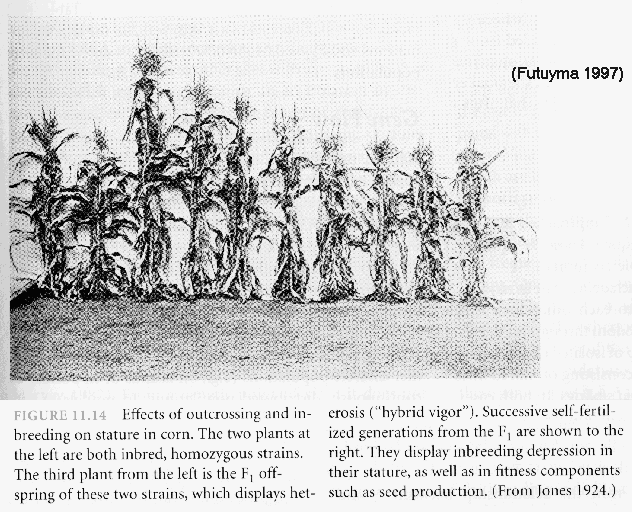
The results are much more predictable and desirable when the cross is made between two good-quality parents.Īnother common objection is that hybrid vigor is not sustainable. If an animal that is deficient in health, temperament, or performance traits is mated to an unrelated animal, the offspring will nevertheless be superior, right? Not necessarily. This is partly because some adherents to the theory have used it as an excuse to keep inferior breeding animals. Hybrid vigor is not unchallenged by skeptics.
#Hybrid vigor definition full
So although we know that the two basic principles above are true to some degree, at present we have to admit that we simply don’t have a full understanding of what causes hybrid vigor. MicroRNA, very small molecules of RNA, appear to be involved in determining which genes are allowed to control the characteristics of the hybrid and to what extent and it appears that other factors are at play, as well. While plant and animal breeders have used these basic principles to their advantage for centuries, scientists are just beginning to realize that hybrid vigor is quite complicated.



In some cases it can even refer to the results of a cross between two different species, such as when a horse and a donkey are crossed to produce a mule. However, it can also be applied to the offspring of a cross between two family lines within the same breed, a common practice when breeding commercial White Leghorn hens. The term hybrid vigor is typically applied to the offspring of crosses between entirely different breeds or varieties. These hybrid offspring are generally considered to posses a number of superior traits. Hybrid vigor, technically called heterosis, is a phenomenon that occurs in the offspring of unrelated parent plants or animals.


 0 kommentar(er)
0 kommentar(er)
